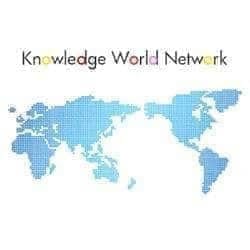The town of Como is adjacent to Italy’s border with Switzerland. If you pass Como, you’ll get to the last exit on the Italian highway at the border. If you go through customs and into Switzerland, you’ll immediately feel as if you’ve arrived in a completely different country—which is fascinating when you really think about it. Being able to cross a national border despite the fact that you’ve traveled less than a kilometer is truly an interesting experience. The signs along the road are colored differently, the prices at gas stations are displayed differently, the currency is different—it’s amazing how just those little things make you feel that you’ve traveled to a faraway foreign land.
We live in an age of global distribution, which makes it easy for us to obtain specialty goods from almost anywhere in the country or abroad. Even fresh food from other countries can be delivered to our homes in prime condition.
Incidentally, before the European Union was formed, products from Switzerland (which is not part of the EU) were still sold in Italy. I had a personal experience of this when I found that certain convenient products I liked and bought ended up selling out so that I couldn’t find them anywhere. When I later visited Switzerland, I found them and realized they were Swiss-made products.
One of the things I looked forward to when visiting Lake Como was making it a point to cross over into Switzerland and stay there for even just five minutes. Why? To buy bouillon cubes. You may be shocked to find out that the Swiss have developed incredibly high-quality, sophisticated bouillon. You never thought of Switzerland as having special bouillon, right? Not so fast. Knorr is actually a Swiss brand.
Wait—what? The same Knorr bouillon that’s sold all over Japan?
That’s the one. Even though the Knorr bouillon cubes sold in Italy are packaged nearly the same as the ones sold in Switzerland, they’re actually quite different. Bouillon is an essential ingredient in risotto, and in Italy (and particularly in Milan), they make a dish called Risotto Milanese, for example. The ideal way of making it is to create the bouillon from scratch by boiling carrots, celery, onion, and other ingredients together, but city people can’t spend that kind of time in the kitchen, so they rely on bouillon cubes as an indispensable part of the dish. Not only do they speed things up, they also add rich, savory flavor.

Lindt chocolate is another brand product that people say has a quality difference depending on whether it’s made in Italy or Switzerland, so many Italians apparently do what I do and pop over the border for five minutes just to buy some.
All this talk about the different types of Knorr bouillon makes me want to hold an event where we compare the flavor of Knorr bouillon cubes sold in different countries!































































